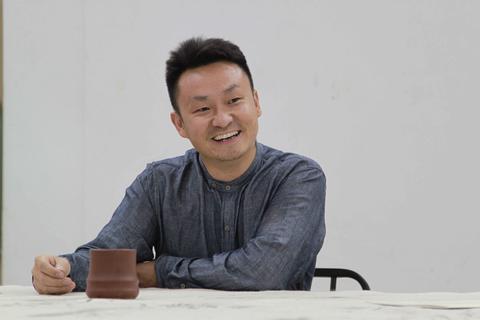
Yang Jun was born in Sichuan in 1972. I am currently working at the National Academy of Chinese Painting, as an assistant mentor at Fan Yang Studio, and a specially appointed painter at the China Ink Painting Academy. Member of China Artists Association and Beijing Artists Association. In 2014, he was awarded the first National Art Fund, and his Danxia series of works are particularly outstanding and rare. The beauty of Danxia is like a fairyland, and Danxia is also known as the “national treasure” of Chinese geology. There are many beautiful Danxia landscapes in China, such as Danxia Mountain and Mount Wuyi. Danxia can become a common theme in the paintings of painters. Among these painters, a young painter named Yang Jun has superb painting skills and even created “Danxia Cun”. Thanks to Yang Jun’s efforts, his “Danxia Texture” became a key funding project of the first National Art Fund, and his work “Dreaming of Danxia” was also collected by the National Art Fund.
Yang Jun not only excelled in painting Danxia, but also achieved remarkable results in other works. He was awarded the Outstanding Contribution Award for Art at the “2016 Third Cannes Chinese Culture and Art Festival World Chinese Painting and Calligraphy Art Exhibition”, promoting cultural and artistic exchanges between China and foreign countries. In 2014, he was awarded the first National Art Fund; In 2016, he won the Outstanding Contribution Award for Art at the “3rd Cannes Chinese Culture and Art Festival World Chinese Painting and Calligraphy Art Exhibition”. His works, such as “Emei Golden Summit”, “Feilai Hall of the Great Temple”, “Longshang Family”, “Longyun”, “Yunying Qilian Mountains”, “Beautiful Qilian Mountains”, “Danxia Qiguan”, “Longquan Temple in Fenghuangling”, “Dawn”, “Most Beautiful Danxia” and many other excellent works, were exhibited in major art exhibitions. His works, such as “Entering Qilian Mountains” and “Silk Road Ancient Road”, won awards. “Longkou Bay of the Yellow River”, “Profound Streams and Mountains”, “Dragon and Tiger Jixiang Map”, “Chishui Danxia” were collected by various institutions. The sentence is:.

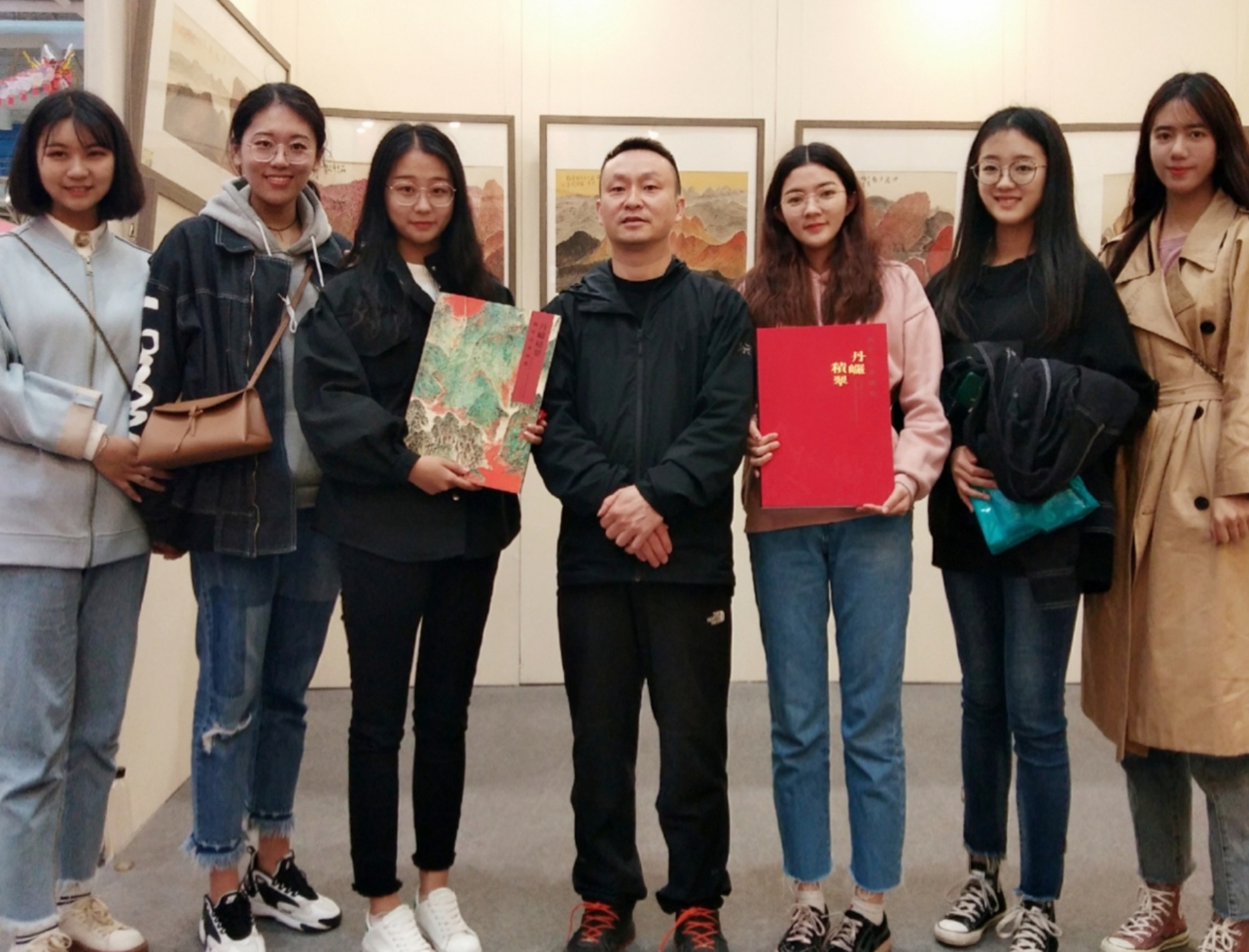
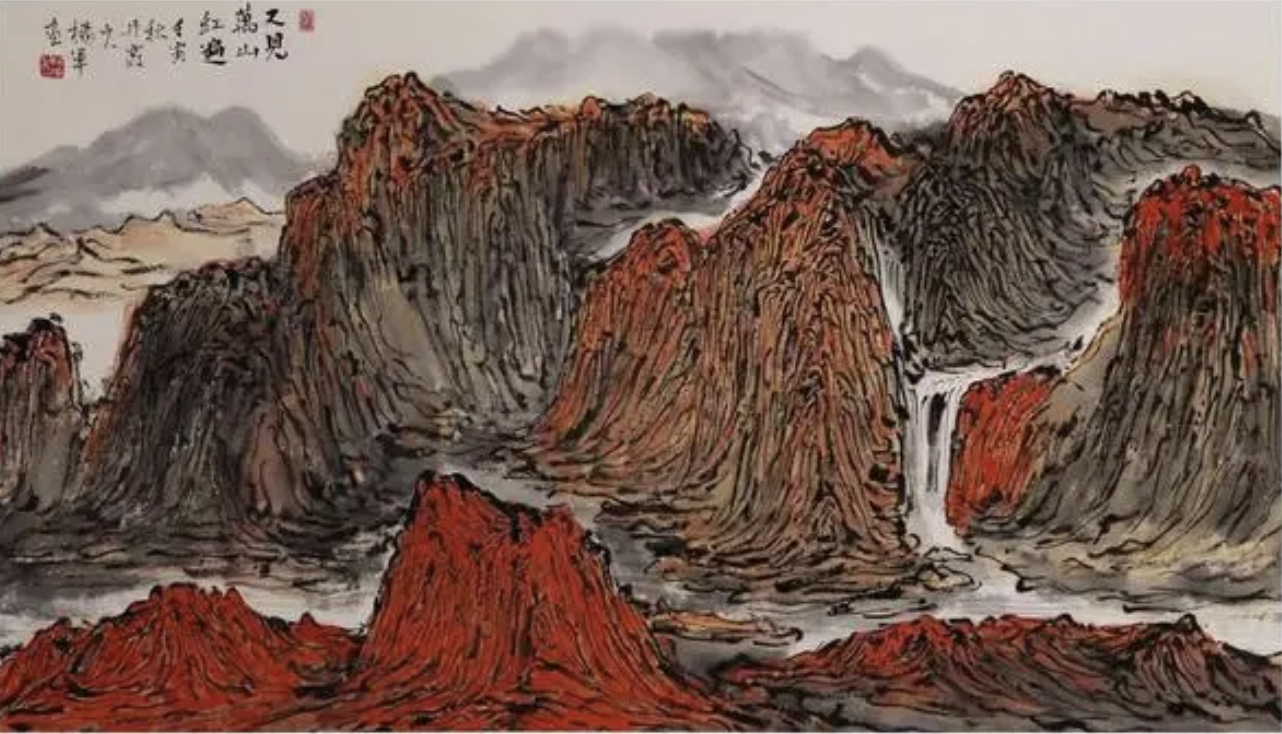
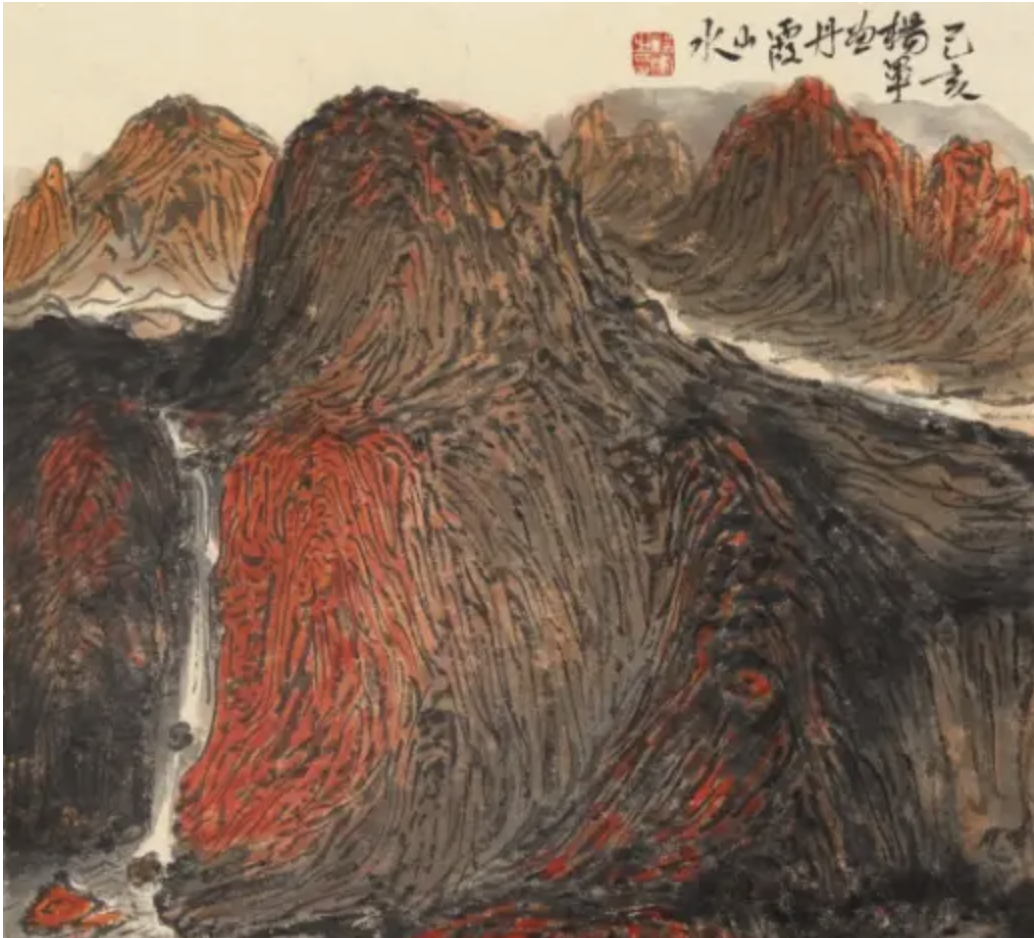
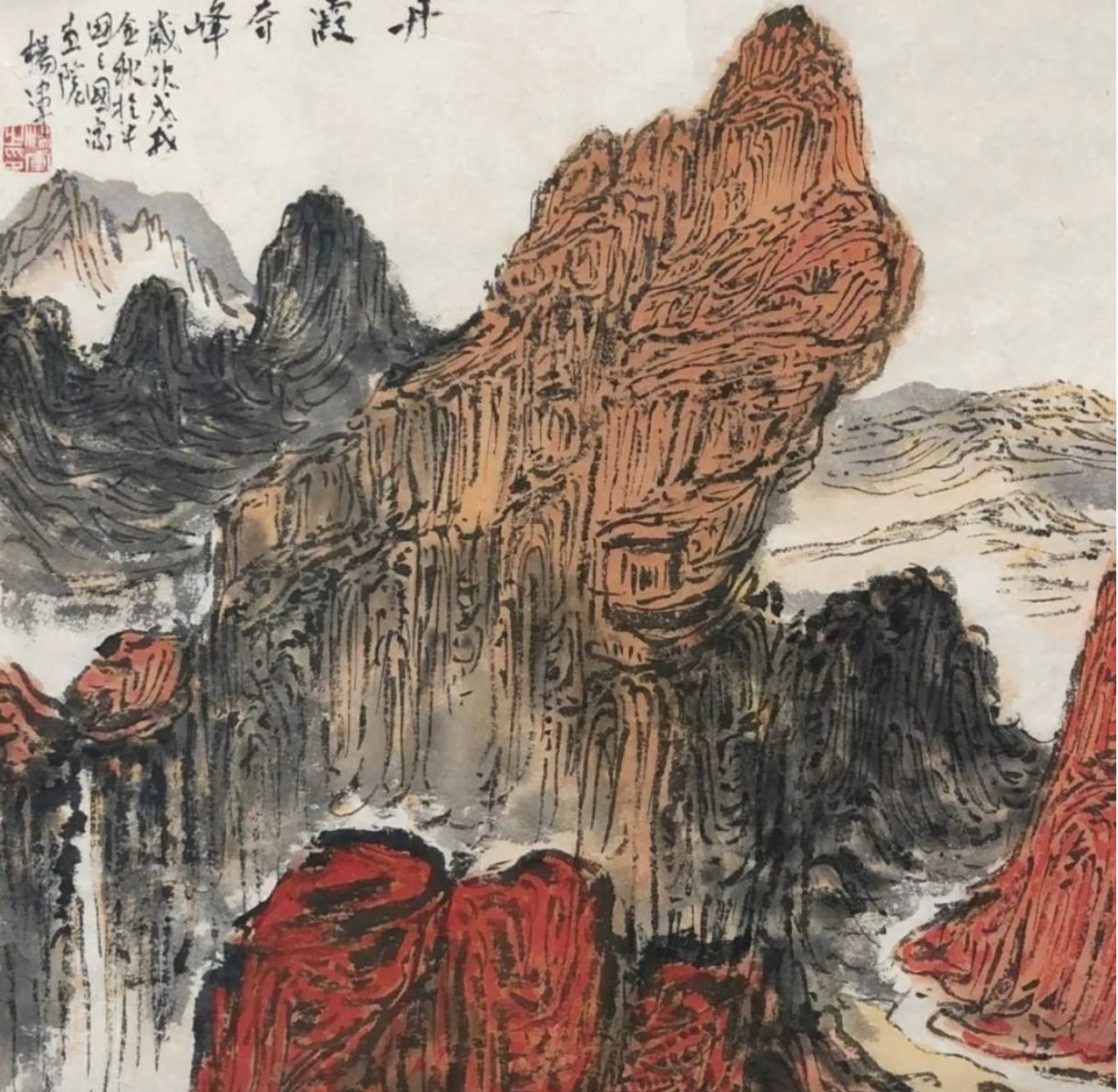
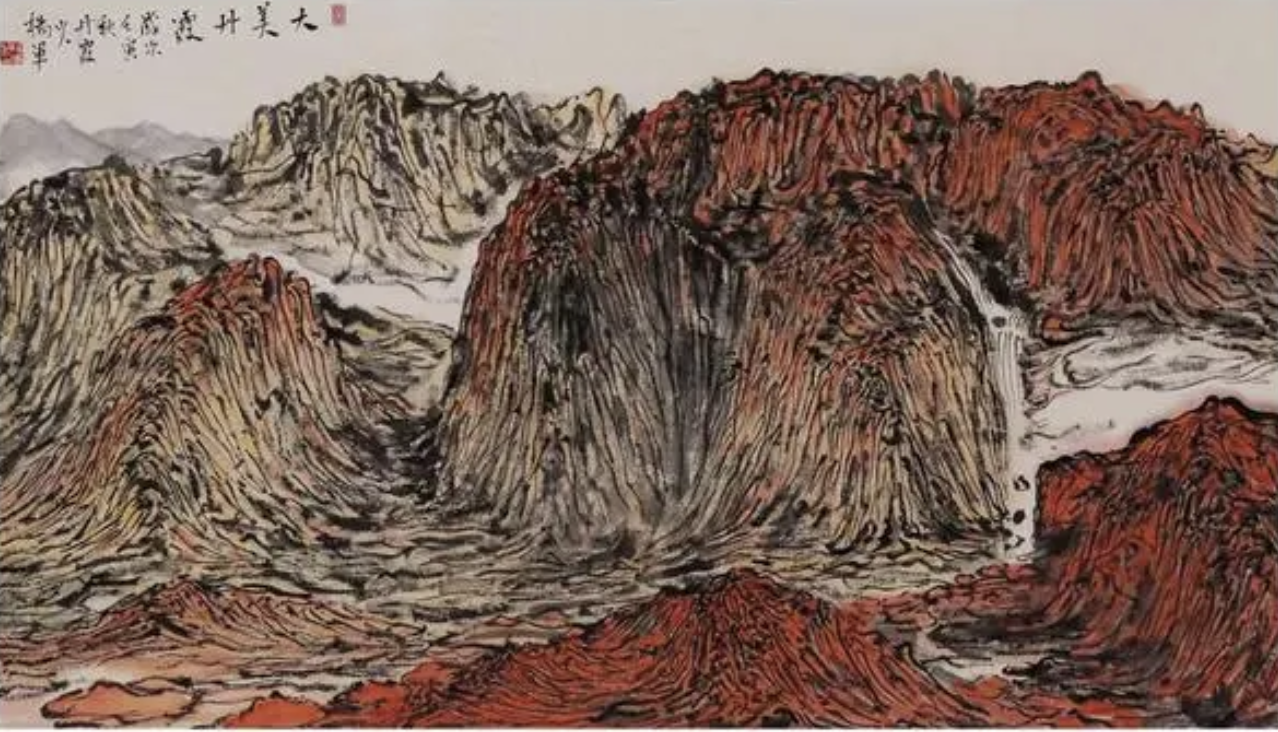





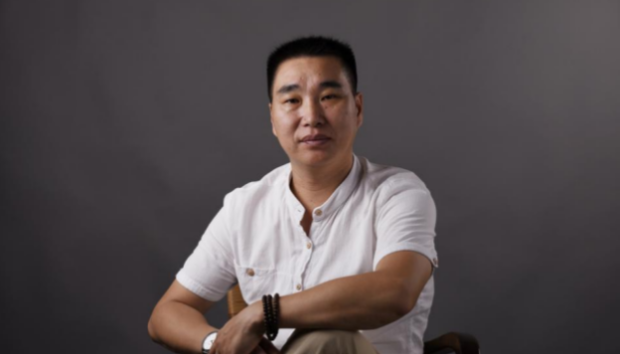


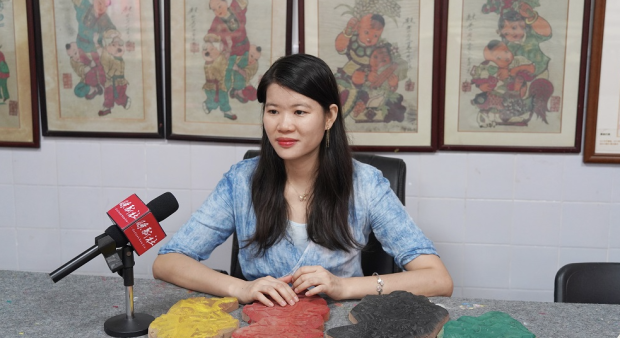

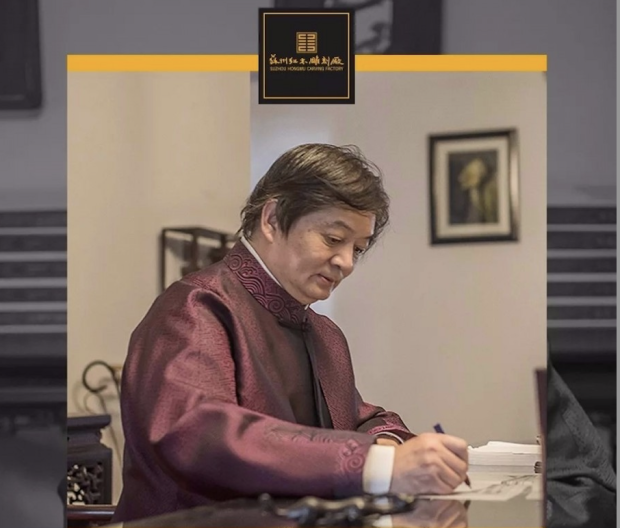

Be the first to leave a comment